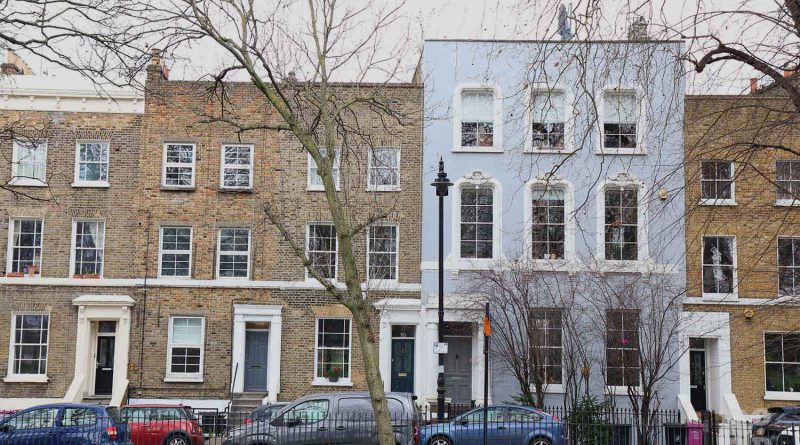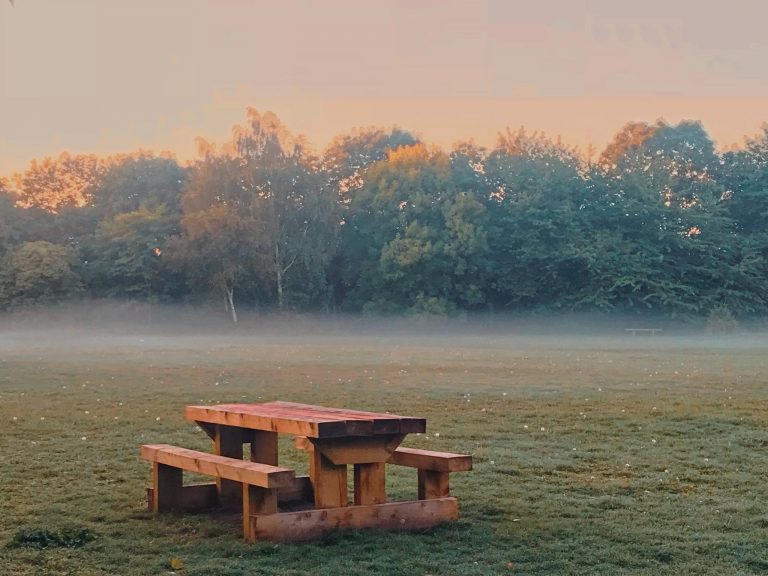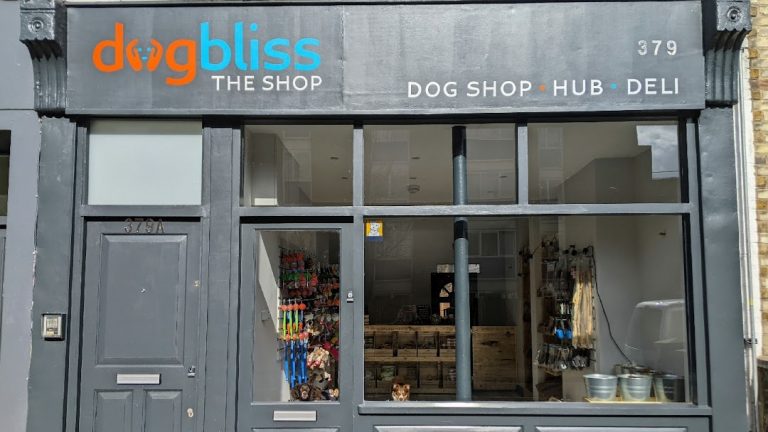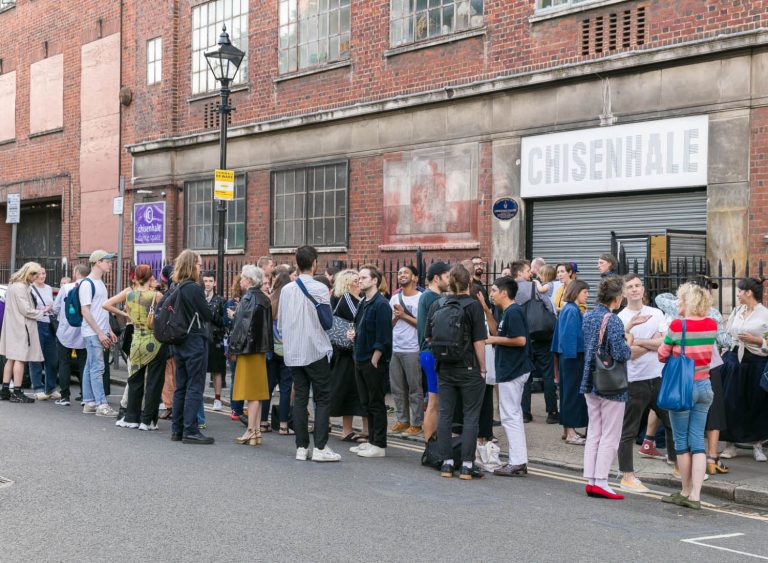Discover the East End home of Alexander McQueen and Tinie Tempah
From fashion pioneer Alexander McQueen to rap artist Tinie Tempah, this east London home has passed through the hands of creative trailblazers.
If you’ve ever wandered along Cadogan Terrace to the east of Victoria Park, a grey townhouse is likely to have caught your attention. You may not realise that this double-fronted Victorian dwelling was once the home of the most celebrated fashion designer and couturier of the late 20th century. The striking four-storey dwelling stands head and shoulders above its neighbours, and beyond its doors lie traces of the unparalleled imagination of Alexander McQueen.
It’s been fourteen years since the fashion visionary passed away by suicide at age 40, and his enduring legacy is as profound as ever. Though he lived at Cadogan Terrace only briefly, the house serves as a physical record of McQueen’s intimate relationship with east London.
In 2002, McQueen bought the 3,126-square-foot house for £700,000. He worked alongside designer Huw Burgess of OPEN London to transform the period home into a minimalist sanctuary of glass walls and breathtaking views.
With its polished floorboards and white walls, the two-bedroom house resembles the stripped-back style of a New York loft. But McQueen made sure to inject his unrivalled eccentricity into its design.
After buying the property, McQueen spent a further £120,000 on a koi water garden designed by Brooke Baker. The Japanese-inspired Zen pond full of freshwater carp was installed on an airy roof terrace, overlooking views of Victoria Park and Anish Kapoor’s rouge Orbit Tower.
Continuing with the wildlife theme that dominated his runway collections, McQueen adorned his townhouse with a stuffed giraffe’s head in the hallway, a striking horn chandelier and a golden ostrich-leather U-shaped couch in the living room.
In 2009, McQueen sold the property and moved away to Mayfair. Though he had lived there for a fleeting few years, the house had become synonymous with the notorious couturier, attracting buyers eager to soak up his presence.
The home fell into the hands of Tinie Tempah in 2012, who bought it for £1,750,000 two years after he had burst onto the UK rap scene with his chart-topping debut single “Pass Out”. When he moved in, Tempah decided to keep McQueen’s taxidermy giraffe and matched it with a Zebra’s head he bought from Dover Street Market. He told the Guardian:
‘McQueen spent millions in here, redoing the interior and making it perfect. I thought, if it’s good enough for him, it’s good enough for me. When I first went in there, a 23-year-old boy from south London, I was overwhelmed.
‘Walking in, it reminds me of an art gallery, a bit like Saatchi’s on the King’s Road. It’s got glass walls and gigantic white walls, begging to be filled with something.’
As someone who had grown up on a council estate, Tempah was thrilled to take over the home of McQueen, ‘one of our greatest creatives’. While the young rapper added his own design innovations – including a high-tech sound system and a hot tub on the roof – McQueen’s powerful legacy continued to define the space. ‘Everything happens for a reason. I believe in God and I believe God wanted me to be in this house.’
Throughout his life, McQueen’s sartorial experiments combined delicacy and profanity, horror and grace. His cat-walk shows were theatrical spectacles, consistently courting controversy from an industry that couldn’t keep up with his ever-evolving genius.
But prior to taking centre stage in the fashion world, McQueen started from humble beginnings in Stratford. Before rebranding himself as Alexander – his middle name – McQueen was known as Lee. He was the son of Ronald McQueen, a taxi driver, and Joyce, a teacher, and was the youngest of their six children.
McQueen attended Rokeby School in Newham before dropping out at the age of 16 with just one O-level in art. Even as a teenager, McQueen was destined for a different path, itching to get his hands on fabric. He became an apprentice at Anderson & Sheppard at Savile Row, a historic neighbourhood in Mayfair known for bespoke men’s tailoring. It was here where McQueen mastered the traditional craft, and even tailored suits for Prince Charles.
After working for prestigious designers in London and Milan, McQueen enrolled on an MA in Fashion Design at Central Saint Martins. His culminating thesis at CMS, Jack the Ripper Stalks His Victims, was inspired by the victims of the 19th-century serial killer who roamed the Victorian streets of Whitechapel. The morbid show kickstarted his career, and the entire collection was bought for £5,000 by magazine editor Isabella Blow.
Throughout his life, McQueen pushed the boundaries of fashion with his risqué and jaw-dropping designs, earning him the accolade of British Designer of the Year four times between 1996 and 2001. Nicknamed ‘L’enfant terrible’ of the fashion industry, McQueen’s innovations were notorious, from his extremely low-rise bumster trousers to his signature 12-inch armadillo shoes with 9-inch spike heels.
More than just a designer, McQueen was a master of catwalk theatrics, transforming the runway into a stage of experimental drama. His Joan of Arc show ended with a model encircled by flames, while No.13 climaxed with supermodel Shalom Harlow garbed in a white dress being spray-painted in yellow and black by two robotic arms. In The Widows of Culloden, model Kate Moss appeared as a ghostly apparition suspended in a glass pyramid, leaving audiences awe-struck.
In 2009, McQueen made history by producing the first live broadcast of a fashion show over the Internet. By live-streaming the dazzling spectacle of Plato’s Atlantis all over the globe for audiences to witness at home, McQueen ruptured the historic exclusivity of the fashion industry.
A year after McQueen died in 2010, The Metropolitan Museum of Art organised an exhibit celebrating the designer’s unparalleled contributions to fashion, entitled Alexander McQueen: Savage Beauty. The show was the 11th most-visited exhibit in the museum’s history, as thousands of visitors travelled from all over the globe to pay homage to the unique artist.
When the retrospective transferred to London’s Victoria & Albert museum in 2015, the exhibit became the museum’s most popular show of all time. Selling 480,000 tickets, the V&A was even forced to keep its doors open for 24 hours to cope with the unprecedented demand.
The striking townhouse at 82 Cadogan Terrace is just one piece of McQueen’s immortal legacy, but it serves as a testament to the designer’s roots in east London.
If you liked this article, you might enjoy our piece about The Backstreet, London’s longest-running and last men-only leather gay bar.








